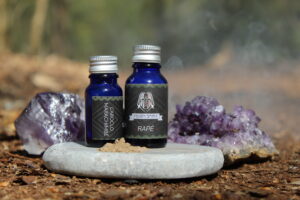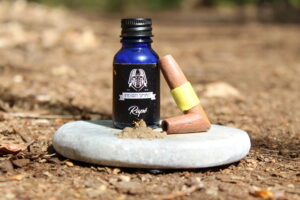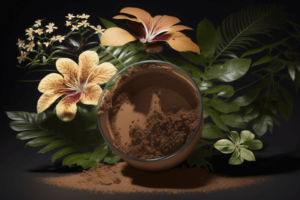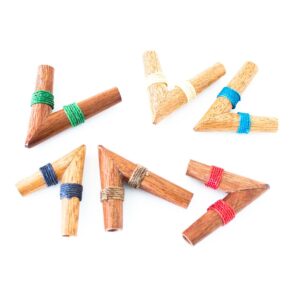Rapé: The Indigenous Plant Medicine with a Rich History
Rapé (pronounced ha-peh) is a traditional plant medicine with a long and rich history that is deeply intertwined with the indigenous cultures of South America. In this post, we’ll explore the origins and uses of Rapé throughout history.
The Origins of Rapé
The use of Rapé can be traced back to the Amazon rainforest, where various tribes have used the powder as a healing tool and a means of spiritual connection for thousands of years. The indigenous tribes that used Rapé believed that it could help to clear the mind and enhance intuition, making it a valuable tool for shamanic practices.
The word “Rapé” comes from the indigenous Tupi language, which was spoken by a group of native peoples that lived in Brazil prior to the arrival of Europeans. In the Tupi language, the word “Rapé” means “to blow,” referring to the way the powder is administered through a tube into the nostrils.
The Preparation of Rapé
The preparation of Rapé involves the mixing of various plant materials, including tobacco, ashes, and other herbs or seeds. Different tribes use different combinations of plants, and the recipe for Rapé is often passed down from generation to generation. The plants used in Rapé are believed to have various medicinal properties and are chosen based on the intended effects of the medicine.
Historical Uses of Rapé
Historically, Rapé was used for a variety of purposes, including healing, divination, and spiritual connection. It was also believed to have physical healing properties and was used to treat a variety of ailments, such as headaches, colds, and digestive issues.
With the arrival of Europeans in South America, the use of Rapé and other indigenous practices was suppressed and even punished. However, the practice of using Rapé persisted among the indigenous tribes, and in recent years, it has experienced a resurgence in popularity among people from all walks of life.
Modern Uses of Rapé
Today, Rapé is used by people around the world for its medicinal and spiritual benefits. It is often used as a tool for meditation and introspection, as well as for physical healing. While the practice of using Rapé has evolved over time, its roots in traditional indigenous culture remain deeply ingrained in its history and use.
In conclusion
In conclusion, Rapé is a traditional plant medicine with a rich history that dates back thousands of years. Despite the suppression of indigenous practices by Europeans, the use of Rapé has persisted and even experienced a resurgence in popularity in recent years. Its medicinal and spiritual benefits make it a valuable tool for people around the world seeking to connect with their inner selves and improve their physical well-being.
We hope this post has given you a deeper understanding and appreciation of the history of Rapé and its uses.






